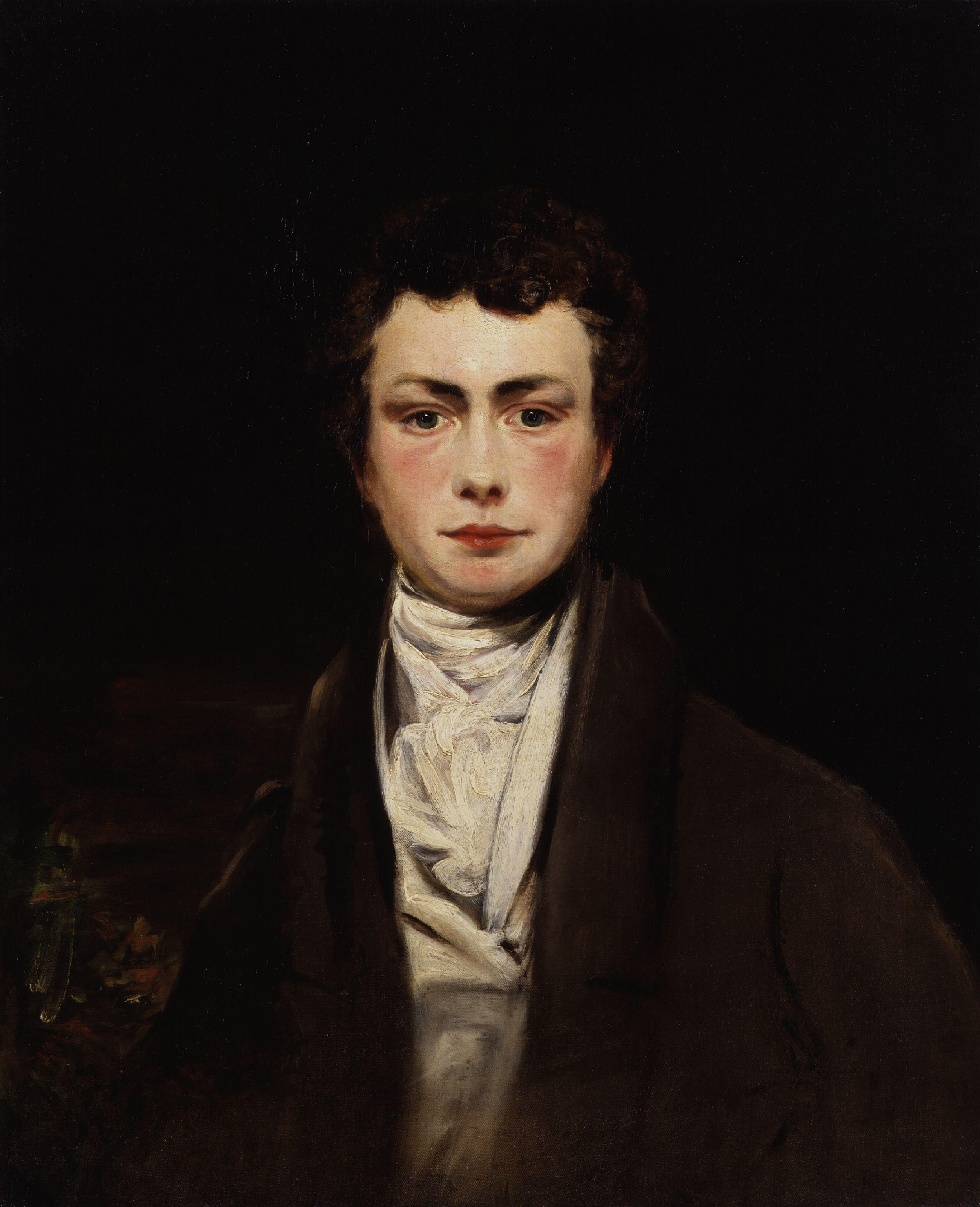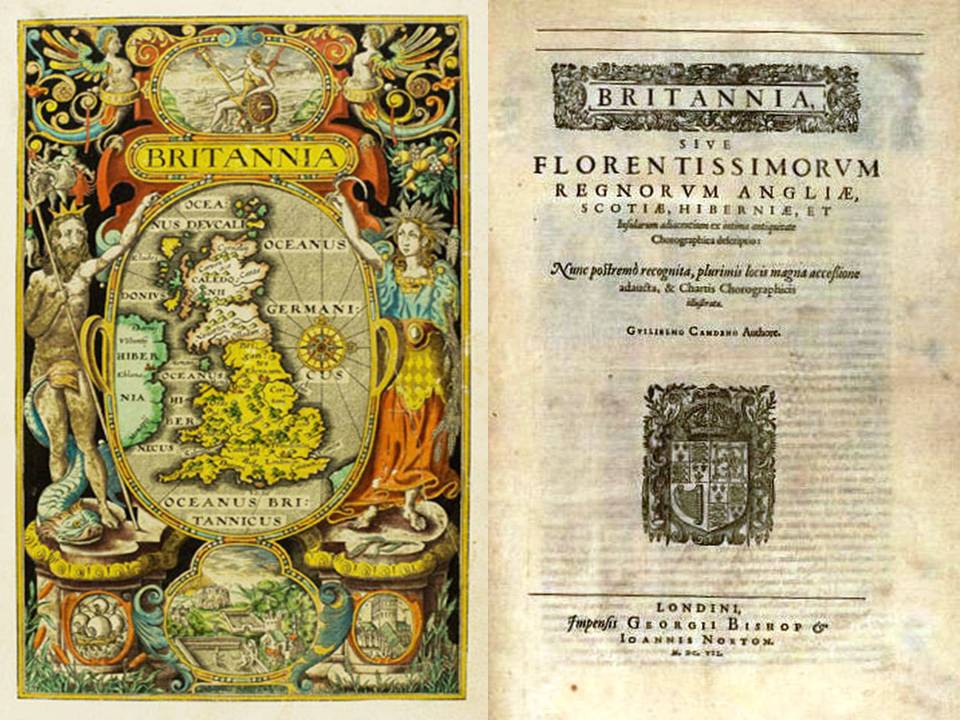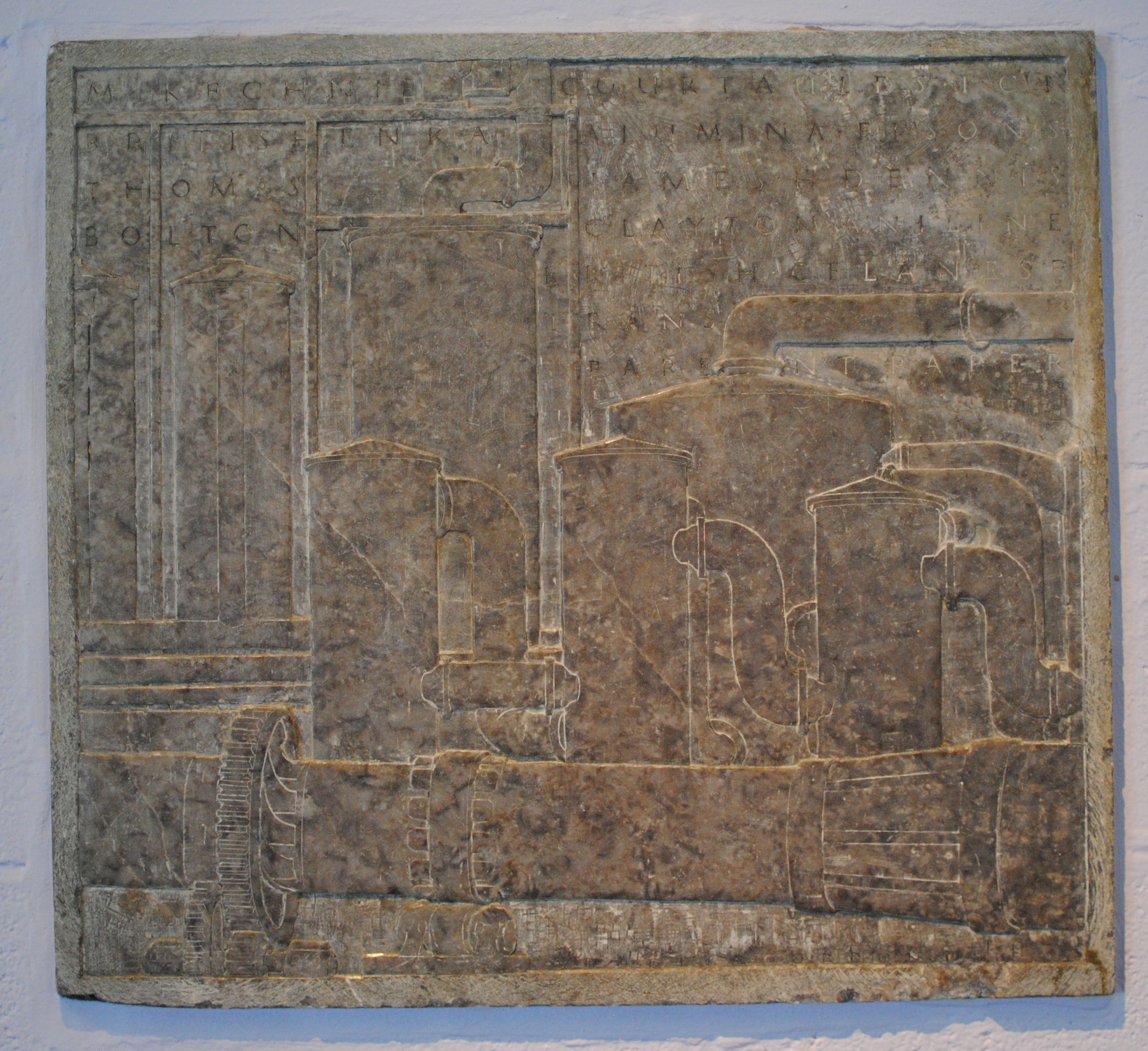|
Bristol Diamonds
Bristol Diamonds are quartz crystals found in geodes and geological rock formations which occur in dolomitic conglomerate in the Avon Gorge in Bristol, England. Their origin lies in geological processes of the Triassic period, about 250 to 200 million years ago. The Bristol Diamonds became popular novelties for visitors to the spa at Hotwells, Bristol, during the eighteenth and nineteenth centuries. Diarist John Evelyn and travel writer Celia Fiennes were amongst those who described them. In popular culture they became a synonym for something bright but worthless. Origin Dolomitic Conglomerate formed during the Triassic period (about 250 to 200 million years ago) in the Bristol Avon Gorge as a result of clays mingling with rock debris scree which had formed against the Carboniferous limestone cliffs of the gorge. The geodes containing the Bristol Diamonds are frequently found in this conglomerate, in the areas of Bridge Valley Road, Leigh Woods, Sea Mills and St Vincent's ... [...More Info...] [...Related Items...] OR: [Wikipedia] [Google] [Baidu] |
Silicon Dioxide
Silicon dioxide, also known as silica, is an oxide of silicon with the chemical formula , commonly found in nature as quartz. In many parts of the world, silica is the major constituent of sand. Silica is one of the most complex and abundant families of materials, existing as a compound of several minerals and as a synthetic product. Examples include fused quartz, fumed silica, opal, and aerogels. It is used in structural materials, microelectronics, and as components in the food and pharmaceutical industries. All forms are white or colorless, although impure samples can be colored. Silicon dioxide is a common fundamental constituent of glass. Structure In the majority of silicon dioxides, the silicon atom shows tetrahedral coordination, with four oxygen atoms surrounding a central Si atomsee 3-D Unit Cell. Thus, SiO2 forms 3-dimensional network solids in which each silicon atom is covalently bonded in a tetrahedral manner to 4 oxygen atoms. In contrast, CO2 is a li ... [...More Info...] [...Related Items...] OR: [Wikipedia] [Google] [Baidu] |
Souvenir
A souvenir ( French for 'a remembrance or memory'), memento, keepsake, or token of remembrance is an object a person acquires for the memories the owner associates with it. A souvenir can be any object that can be collected or purchased and transported home by the traveler as a memento of a visit. The object itself may have intrinsic value, or be a symbol of experience. Without the owner's input, the symbolic meaning is lost and cannot be articulated. As objects The tourism industry designates tourism souvenirs as commemorative merchandise associated with a location, often including geographic information and usually produced in a manner that promotes souvenir collecting. Throughout the world, the souvenir trade is an important part of the tourism industry serving a dual role, first to help improve the local economy, and second to allow visitors to take with them a memento of their visit, ultimately to encourage an opportunity for a return visit, or to promote the locale to ... [...More Info...] [...Related Items...] OR: [Wikipedia] [Google] [Baidu] |
Thomas Moore
Thomas Moore (28 May 1779 – 25 February 1852), was an Irish writer, poet, and lyricist who was widely regarded as Ireland's "National poet, national bard" during the late Georgian era. The acclaim rested primarily on the popularity of his ''Irish Melodies'' (with the first of ten volumes appearing in 1808). In these, Moore set to old Irish tunes verses that spoke to a nationalist narrative of Irish dispossession and loss. With his romantic work ''Lalla Rookh'' (1817), in which these same themes are explored in an elaborate Orientalism, orientalist allegory, Moore achieved wider critical recognition. Translated into several languages, and adapted and arranged for musical performance by, among others, Robert Schumann, the Chivalric romance, chivalric verse-narrative established Moore as one of the leading exemplars of European romanticism. In England, Moore moved in aristocratic Whigs (British political party), Whig circles where, in addition to a Salon (gathering), salon perfor ... [...More Info...] [...Related Items...] OR: [Wikipedia] [Google] [Baidu] |
Simile
A simile () is a type of figure of speech that directly ''compares'' two things. Similes are often contrasted with metaphors, where similes necessarily compare two things using words such as "like", "as", while metaphors often create an implicit comparison (i.e. saying something "is" something else). However, there are two schools of thought regarding the relationship between similes and metaphors. The first defines them as opposites, such that a statement cannot be both a simile and a metaphor — if it uses a comparison word such as "like" then it is a simile; if not, it is a metaphor. The second school considers metaphor to be the broader category, in which similes are a subcategory — according to which every simile is also a metaphor (but not vice-versa). These two schools reflect differing definitions and usages of the word "metaphor" and regardless of whether it encompasses similes, but both agree that similes always involve a direct comparison word such as "like" or "as". ... [...More Info...] [...Related Items...] OR: [Wikipedia] [Google] [Baidu] |
Thomas Carlyle
Thomas Carlyle (4 December 17955 February 1881) was a Scottish essayist, historian, and philosopher. Known as the "Sage writing, sage of Chelsea, London, Chelsea", his writings strongly influenced the intellectual and artistic culture of the Victorian era. Carlyle was born in Ecclefechan, a village in Dumfriesshire. He attended the University of Edinburgh where he excelled in mathematics and invented the Carlyle circle. After finishing the arts course, he prepared to become a minister in the Burgher (Church history), Burgher Church while working as a schoolmaster. He quit these and several other endeavours before settling on literature, writing for the ''Edinburgh Encyclopædia'' and working as a translator. He initially gained prominence in English-language literary circles for his extensive writing on German Romanticism, German Romantic literature and philosophy. These themes were explored in his first major work, a semi-autobiographical philosophical novel entitled ''Sartor ... [...More Info...] [...Related Items...] OR: [Wikipedia] [Google] [Baidu] |
Clifton, Bristol
Clifton is an inner suburb of Bristol, England, and the name of one of the city's thirty-five Wards and electoral divisions of the United Kingdom, electoral wards. The Clifton ward also includes the areas of Cliftonwood and Hotwells. The eastern part of the suburb lies within the ward of Clifton Down (ward), Clifton Down. Clifton is home to Isambard Kingdom Brunel's Clifton Suspension Bridge; many buildings of the University of Bristol, including Goldney Hall; the Catholic Church, Roman Catholic Clifton Cathedral; Christ Church, Clifton Down; Clifton College; Clifton High School, Bristol, Clifton High School; the former Amberley House preparatory school; Queen Elizabeth's Hospital School, The Clifton Club; and Bristol Zoo. It is also noted for The Downs, Bristol, the Downs, a large, open park. Geography Although the suburb has no formal boundaries, the name Clifton is generally applied to the high ground stretching from Whiteladies Road in the east to the rim of the Avon Gorge ... [...More Info...] [...Related Items...] OR: [Wikipedia] [Google] [Baidu] |
Goldney Hall
Goldney Hall is a self-catered hall of residence in the University of Bristol. It is one of three in the Clifton area of Bristol, England. The hall occupies part of the grounds of Goldney House, built in the 18th century and remodelled in the 1860s. The house and several garden features are listed structures, and the garden is designated Grade II* on the Register of Historic Parks and Gardens. History The Goldney family's influence in Bristol can be traced to 1637, when Thomas Goldney was sent by his father to Bristol from Chippenham in Wiltshire, to serve as an apprentice for seven years. His son born in 1664, also named Thomas, prospered as a grocer and in 1694 leased a country house in Clifton, now known as Goldney Hall. After the death of his father in 1703, Thomas Goldney II purchased a majority of the current Goldney Estate, complete with manor house, for a fee of £100 in 1705. In 1724 the earlier house was partially demolished to be replaced by a grander building ... [...More Info...] [...Related Items...] OR: [Wikipedia] [Google] [Baidu] |
Topography
Topography is the study of the forms and features of land surfaces. The topography of an area may refer to the landforms and features themselves, or a description or depiction in maps. Topography is a field of geoscience and planetary science and is concerned with local detail in general, including not only relief, but also natural, artificial, and cultural features such as roads, land boundaries, and buildings. In the United States, topography often means specifically relief, even though the USGS topographic maps record not just elevation contours, but also roads, populated places, structures, land boundaries, and so on. Topography in a narrow sense involves the recording of relief or terrain, the three-dimensional quality of the surface, and the identification of specific landforms; this is also known as geomorphometry. In modern usage, this involves generation of elevation data in digital form ( DEM). It is often considered to include the graphic representation of t ... [...More Info...] [...Related Items...] OR: [Wikipedia] [Google] [Baidu] |
William Camden
William Camden (2 May 1551 – 9 November 1623) was an English antiquarian, historian, topographer, and herald, best known as author of ''Britannia'', the first chorographical survey of the islands of Great Britain and Ireland that relates landscape, geography, antiquarianism, and history, and the ''Annales'', the first detailed historical account of the reign of Elizabeth I of England. Early years William Camden was born in London. His father Sampson Camden was a member of The Worshipful Company of Painter-Stainers. He attended Christ's Hospital and St Paul's School, and in 1566 entered Oxford ( Magdalen College, Broadgates Hall, and finally Christ Church). At Christ Church, he became acquainted with Philip Sidney, who encouraged Camden's antiquarian interests. He returned to London in 1571 without a degree. In 1575, he became Usher of Westminster School, a position that gave him the freedom to travel and pursue his antiquarian researches during school vacations. ''Br ... [...More Info...] [...Related Items...] OR: [Wikipedia] [Google] [Baidu] |
Crystal
A crystal or crystalline solid is a solid material whose constituents (such as atoms, molecules, or ions) are arranged in a highly ordered microscopic structure, forming a crystal lattice that extends in all directions. In addition, macroscopic single crystals are usually identifiable by their geometrical shape, consisting of flat faces with specific, characteristic orientations. The scientific study of crystals and crystal formation is known as crystallography. The process of crystal formation via mechanisms of crystal growth is called crystallization or solidification. The word ''crystal'' derives from the Ancient Greek word (), meaning both "ice" and " rock crystal", from (), "icy cold, frost". Examples of large crystals include snowflakes, diamonds, and table salt. Most inorganic solids are not crystals but polycrystals, i.e. many microscopic crystals fused together into a single solid. Polycrystals include most metals, rocks, ceramics, and ice. A third cat ... [...More Info...] [...Related Items...] OR: [Wikipedia] [Google] [Baidu] |
Anhydrite
Anhydrite, or anhydrous calcium sulfate, is a mineral with the chemical formula CaSO4. It is in the orthorhombic crystal system, with three directions of perfect cleavage parallel to the three planes of symmetry. It is not isomorphous with the orthorhombic barium (baryte) and strontium ( celestine) sulfates, as might be expected from the chemical formulas. Distinctly developed crystals are somewhat rare, the mineral usually presenting the form of cleavage masses. The Mohs hardness is 3.5, and the specific gravity is 2.9. The color is white, sometimes greyish, bluish, or purple. On the best developed of the three cleavages, the lustre is pearly; on other surfaces it is glassy. When exposed to water, anhydrite readily transforms to the more commonly occurring gypsum, (CaSO4·2H2O) by the absorption of water. This transformation is reversible, with gypsum or calcium sulfate hemihydrate forming anhydrite by heating to around under normal atmospheric conditions. Anhydrite is common ... [...More Info...] [...Related Items...] OR: [Wikipedia] [Google] [Baidu] |








